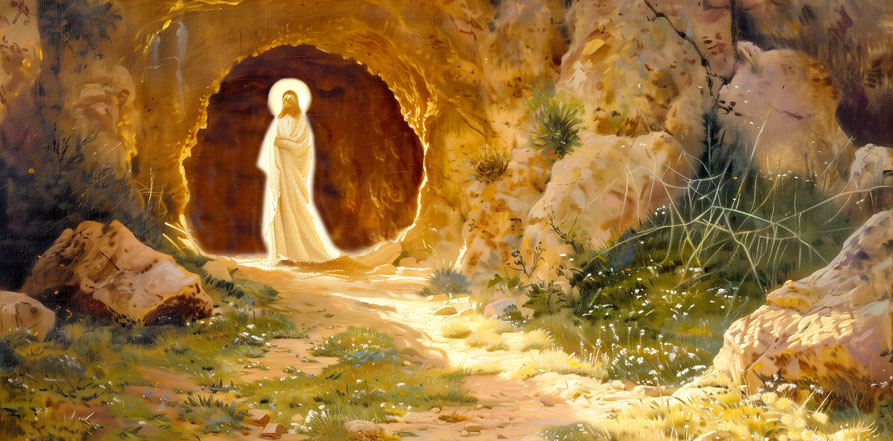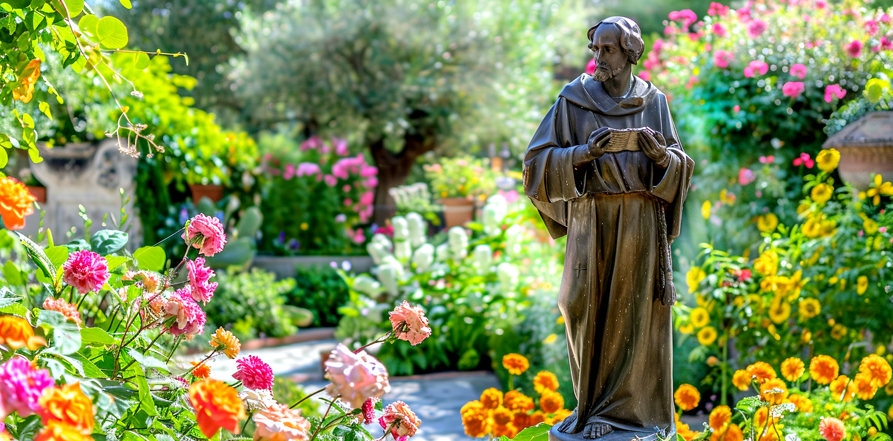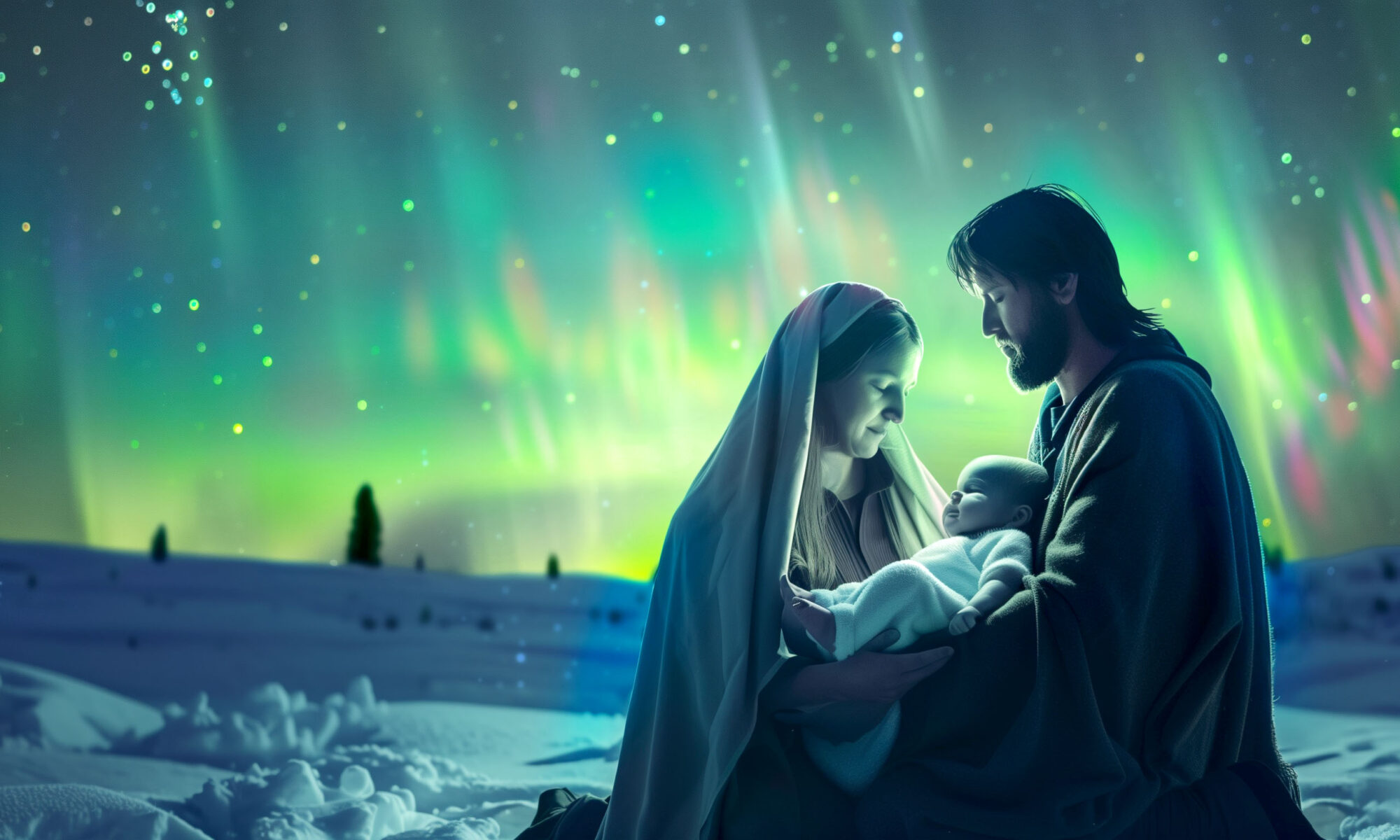By Donnie Yance
I am thrilled to introduce you to The Mederi Center’s new healing room experience, which harnesses the combined therapeutic powers of vibroacoustic therapy, music, and specialized infrared light. If you don’t live near the Center in Ashland, Oregon, you may be able to seek out similar technologies offered at other healing centers.
Good Vibrations
The entire universe resonates with vibrations—some audible, others felt only through our bodies. This fundamental truth forms the foundation of our innovative approach to healing. Though it may seem ephemeral, the power of sound and vibration carries remarkable healing potential.
Beyond their aesthetic beauty, sound waves interact with our bodies at the cellular level, influencing our physical, mental, and emotional well-being. This understanding has led us to develop a comprehensive sound healing program that integrates advanced physics and biological principles to promote holistic health.








